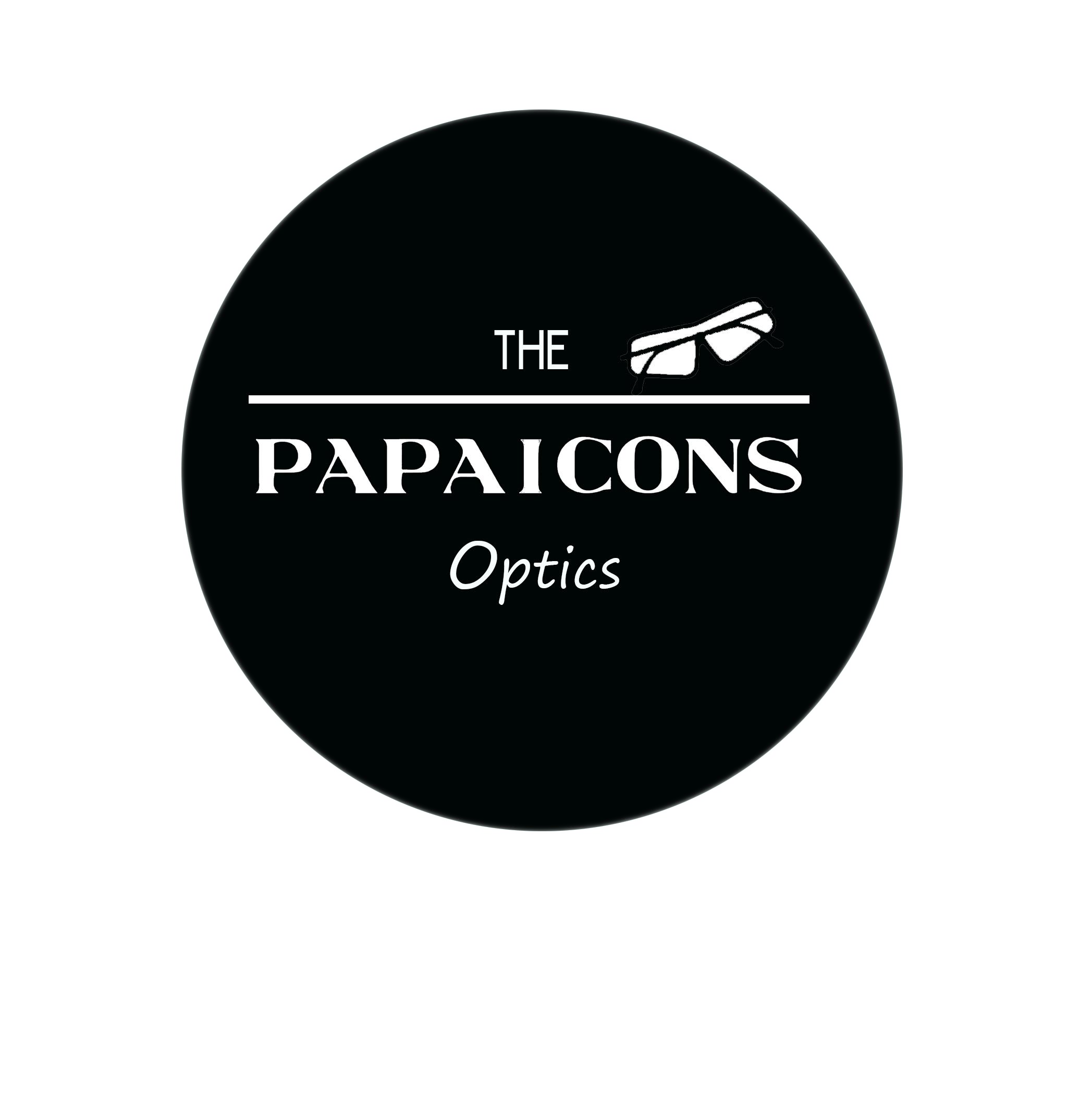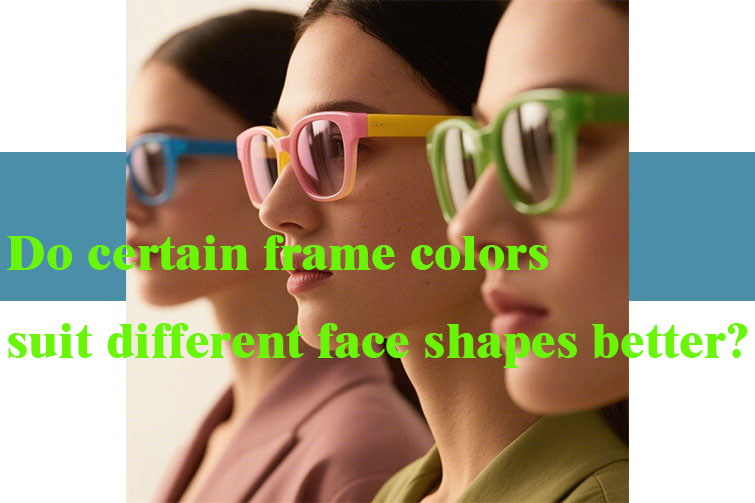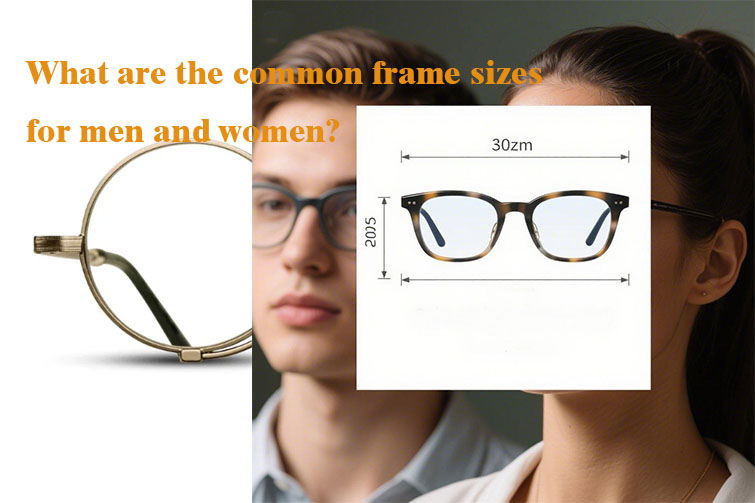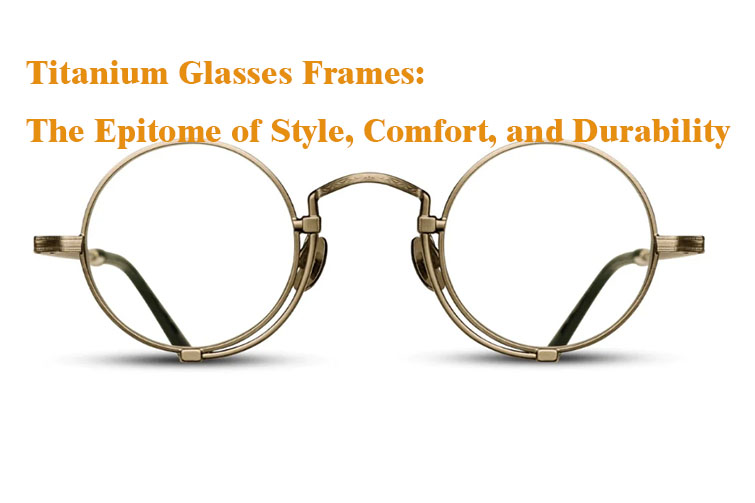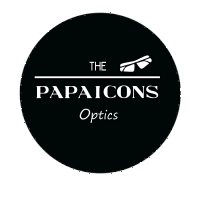
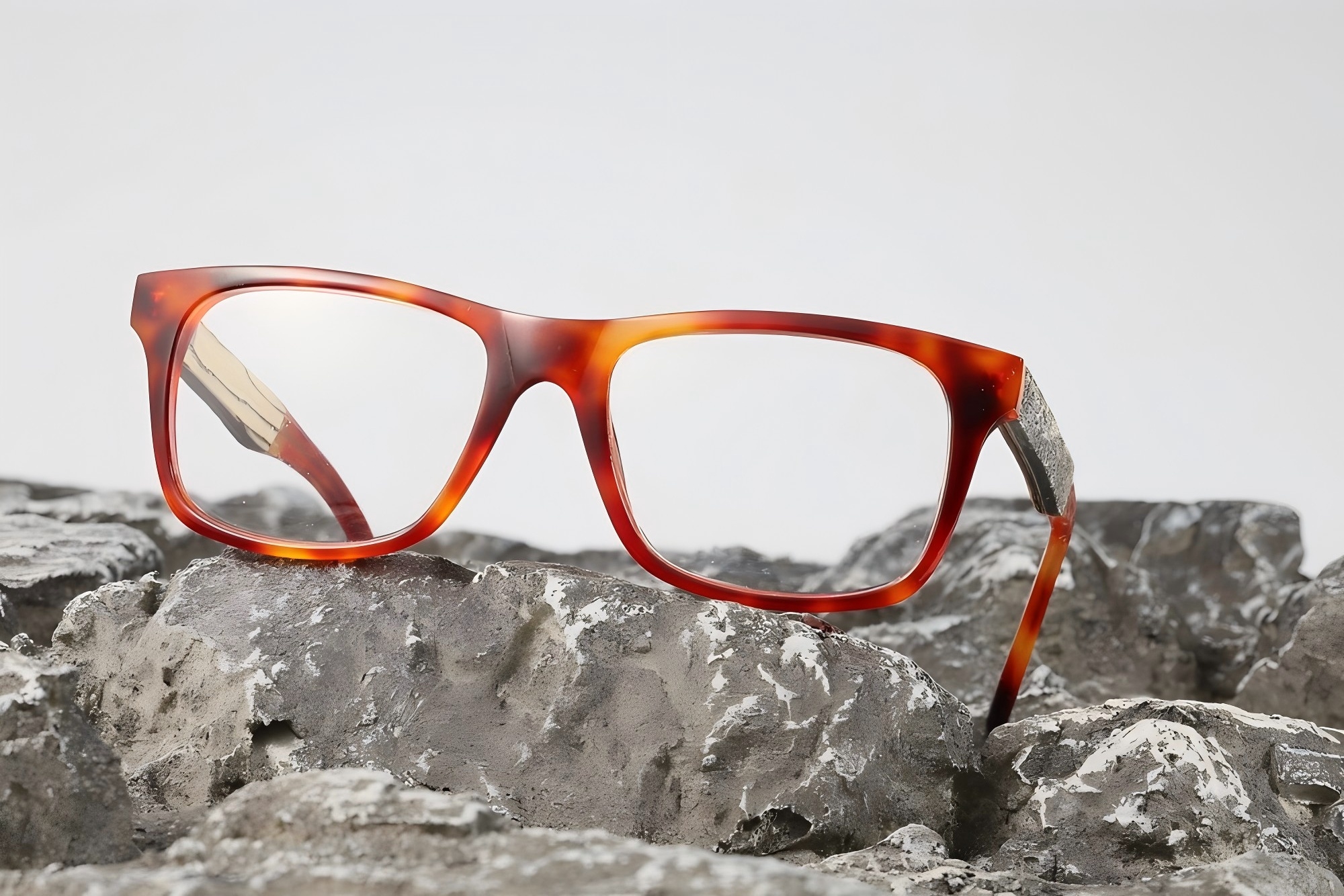
Analysis of Material Characteristics, Advantages, and Disadvantages of Acetate Eyeglasses
Analysis of Material Characteristics, Advantages, and Disadvantages of Acetate Eyeglasses
I. Material Characteristics of Acetate Eyeglasses
The core material of acetate eyeglass frames is cellulose acetate (CA), with a few high-end products using cellulose propionate. These belong to thermoplastic polymer materials, featuring:
- Processing Technology:
Acetate frames use a cold milling process, cutting and hot-pressing 5-8mm thick sheets into shape (distinct from injection-molded frames). The complex process involves over 100 steps (e.g., slot milling, shaping, polishing), leaving visible cutting marks at hinge points, and nose pads are often glued later (injection-molded frames have integrated nose pads). - Physical Properties:
- Aesthetic Features:
Colors are revealed through layered milling, enabling gradient/spliced effects with soft luster. Often combined with metal (e.g., steel strips) for three-dimensionality.
II. Core Advantages of Acetate Eyeglasses
- Wear ComfortLightweight design (10-20g per frame) reduces nasal pressure, suitable for long-term wear.Skin-friendly, hypoallergenic for sensitive users (no metal allergy risk).
- Durability & StabilityHigh hardness and wear resistance, long lifespan (2-5 years).Reinforced with steel strips and metal inserts in temples for increased elasticity and reduced breakage.
- Fashion VersatilityDiverse colors (transparent, matte, pearlescent) and styles (square, round, irregular), blending retro and modern designs.No painting required, avoiding peeling issues for premium texture.
- Eco-FriendlinessCellulose acetate is biodegradable, aligning with environmental trends and low-production pollution.
III. Major Disadvantages of Acetate Eyeglasses
- Structural LimitationsSofter material prone to screw/temple loosening; single-hand use may cause deformation, requiring regular adjustment.Softens at high temperatures (e.g., sunlight, hot baths), with a recommended max temperature of ≤130°C.
- Repair ChallengesDifficult to weld when broken; professional hot-pressing repairs for high-end frames (e.g., Chrome Hearts repairs cost 30%-50% of original price).Glued nose pads easily detach, requiring full replacement.
- Usage Scenario RestrictionsNot ideal for high prescriptions: Large frames lack support for thick lenses, causing imbalance/slippage.Poor impact resistance for sports, prone to breakage under collision.
- Quality-Cost Trade-offLess lustrous than pure titanium/β-titanium frames; low-cost acetate may appear "plasticky".Premium imported acetate (e.g., Italian) increases costs, with mid-high end frames priced 800-3000 RMB (higher than alloy frames).
IV. Summary: Target Users & Scenarios
- Recommended for: Fashion-forward youth (seeking personalization), metal allergy sufferers, daily commuters (prioritizing comfort).
- Not recommended for: High-temperature workers, athletes, high myopia (>600 degrees), or those preferring ultralight frames (e.g., pure titanium).
- Acetate eyeglasses dominate mid-high-end markets for their style and cost-effectiveness, but users should balance their pros/cons with proper maintenance (e.g., avoid high heat, use both hands to remove) for longevity.
